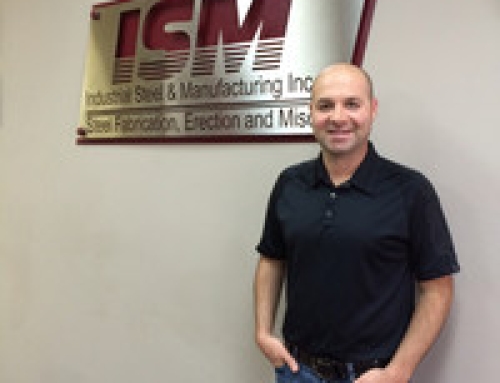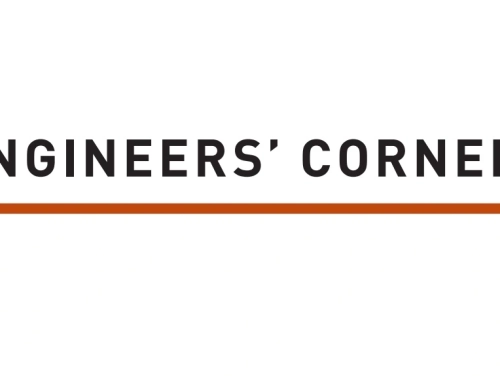
What were the opportunities that first got you excited to work with steel?
What challenges do you see for the industry?
As an educator and researcher, my main job is to create opportunities for students to develop knowledge and skills that will last them a lifetime. By creating the right environment, we engage a diverse range of people to develop their skills so that they can tackle the challenges of a rapidly changing industry.
Education: Developing talent in the next generation
The CISC’s Education and Research Committee (ERC) plays a key role in creating this environment to set top students on a track towards a lifetime of contributions to steel construction. This ecosystem involves undergraduate students, graduate student researchers who also work as teaching assistants, and faculty who teach what they need their students to know in order to conduct their research.
One of the ways that the ERC makes this possible is through the CISC Research Grant program. Most of this funding goes towards graduate student stipends, making it possible for top talent to spend some of the most formative years of their lives focusing on steel. These graduate students also engage with undergraduate students, sharing their passion for steel.
Research: Driving innovation to stay competitive
Not only does steel-focused research create a climate that engages students in steel construction, but it is also a key driver of innovation in the industry. Certainly, CISC members are already innovative, implementing new technologies in all stages of design and construction. At the same time, some challenges are bigger than any one CISC member.
For example, in my main research area of earthquake engineering, a transformation towards performance-based design is underway. This uses advanced modelling to predict how structures will respond to earthquakes, so that we can not only make structures safe during an earthquake, but also return structures to service rapidly afterwards. This kind of revolution spans the entire construction industry, requiring fundamental differences in how structures are designed and built.
In every structural material, new ways are being developed to build taller, safer, cheaper, more resilient, and more sustainable. The support of the ERC is critical in ensuring that steel does not get left behind.
How will you support education and research in steel?
So what can you do to support this education and research? First, get connected! Maybe you could donate some materials, maybe you’re looking for excellent co-op students or new graduates, maybe you could invite a class for a tour that showcases steel construction, maybe you would like to support a scholarship for students who focus on steel. Whatever it is, I’m sure your local university and college would love to hear from you.
Second, continue supporting the good work of the CISC’s Education and Research Council! By bringing together resources and expertise from CISC members across the country, the ERC is at the core of an education and training environment that can continue to develop new leaders to drive innovation in steel construction.









